In the northeast corner of Prospect Park is a divot of land carved out 17,000 years ago by the melting of a glacier. This valley was the perfect type of terrain for Frederick Law Olmsted and Calvert Vaux’s ideal of a naturalistic park, and their original plan for Prospect Park placed a small pool, gardens, and a children’s playground there. The name, granted by Mayor Chapin’s wife, came from a Thomas Moore poem.
When the park was redesigned in the 1890s, the pool was replaced with a granite balustrade and a fountain populated by Victoria amazonica, a water lily with pads large enough for children to sit on. The playground just east of it became a rose garden with three fountains. The entire area was populated with rare plants, nearly 20 years before Brooklyn would have its own botanical garden across the street.
Unfortunately, the economic struggles of New York at large also meant the decay of the park, and the lily pool became overgrown, the fountains ran dry, and the rare plants were removed as they could not be maintained. Today, the area’s isolated location and decay keep the crowds away, which makes it a popular destination for migrating birds. For the same reason, it also became a cruising area for queer men of color.
As of October 2019, the parks department has vowed to restore the area in the next few years, with work already begun on a new entrance just south of the Vale and the nearby Endale Arch closed for renovations.
Know Before You Go
Enter Prospect Park from the north and use the easternmost pedestrian entrance (to the left of East Drive).

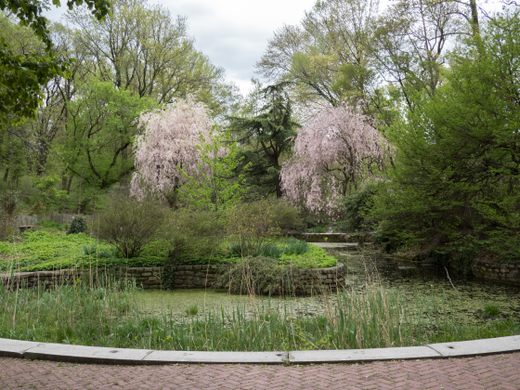



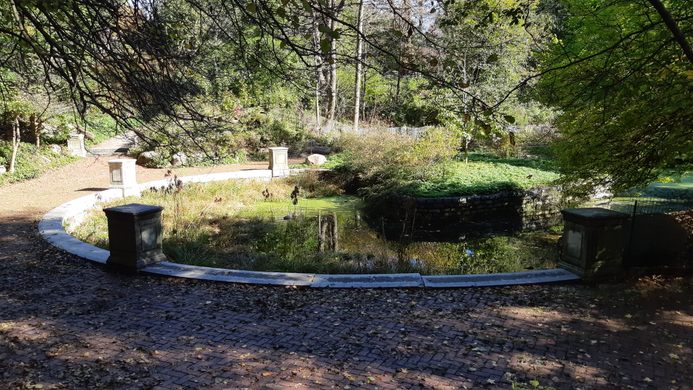




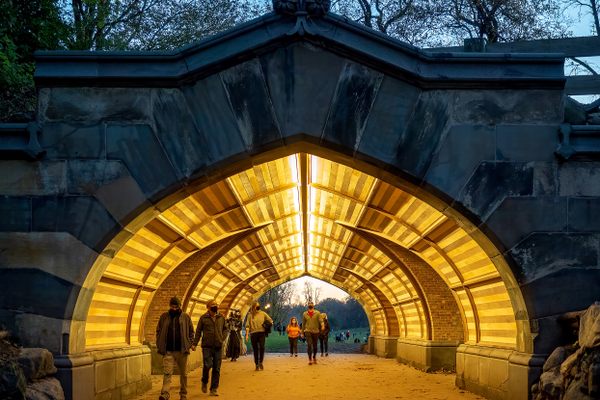



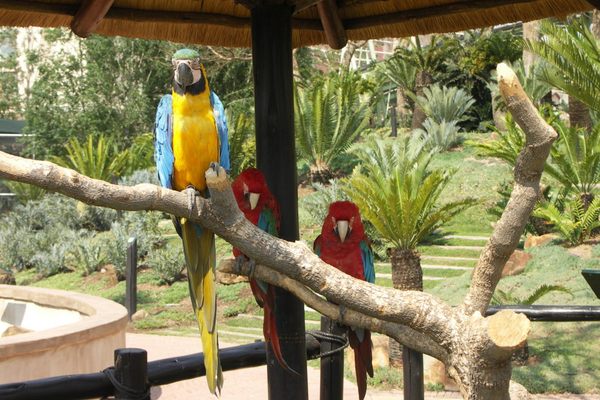

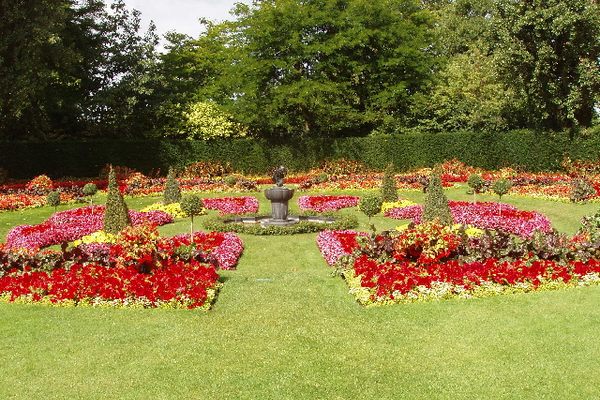
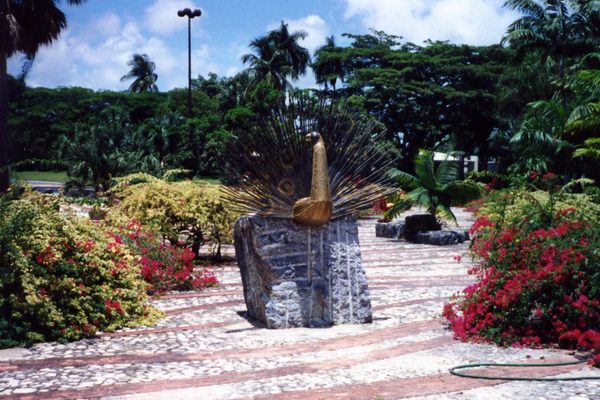
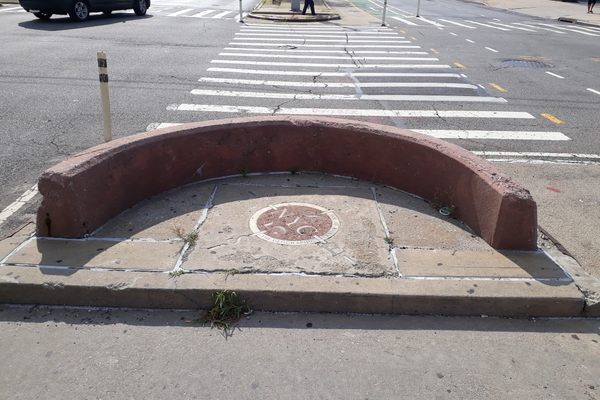

Follow us on Twitter to get the latest on the world's hidden wonders.
Like us on Facebook to get the latest on the world's hidden wonders.
Follow us on Twitter Like us on Facebook